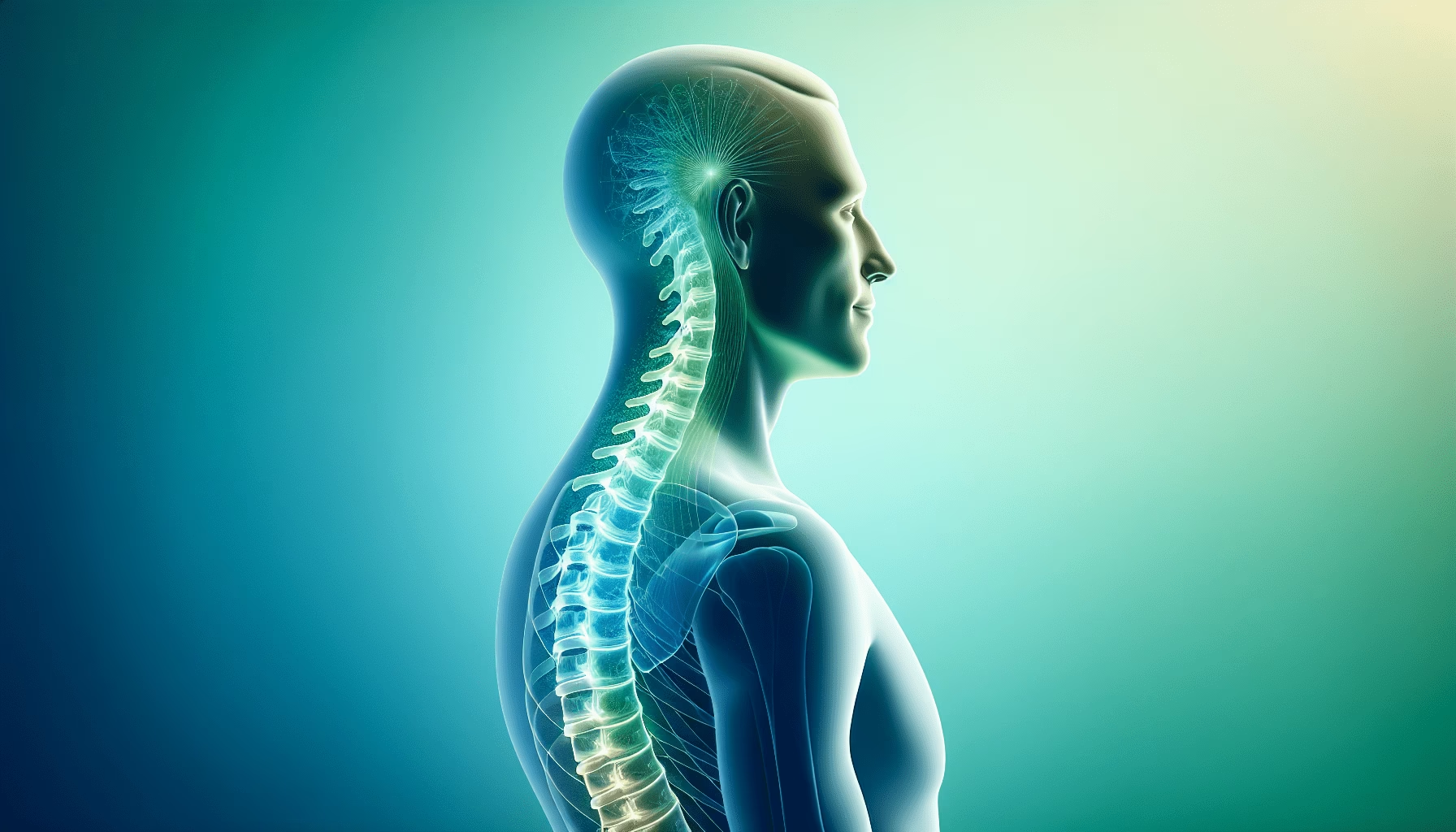Creating the Perfect Posture for Spine Health: Have you ever wondered how much your daily posture impacts your overall spine health? If not, you might be surprised to learn that the way you sit, stand, or even lounge on your couch could significantly affect your spine and overall well-being. This article is your guide to mastering the art of achieving perfect posture to promote a healthier spine, free from pain and discomfort. We’ll explore everything from historical insights to practical steps and even share some inspirational success stories.

Table of Contents
Understanding the Importance of Posture for Spine Health
Why Is Spine Health Crucial?
Your spine is the backbone (quite literally) of your body, supporting you through daily activities like walking, sitting, and standing. A healthy spine is vital for mobility and overall health, operating as a highway for the nervous system, and consequently, impacting your overall health. Imagine having a vehicle with a misaligned chassis – it wouldn’t function efficiently for long, just like your body with poor posture.
The Historical Evolution of Posture Awareness
Throughout history, awareness of good posture has evolved significantly. In ancient civilizations, posture was sometimes associated with status or physical training. Interestingly, the concept of posture as we understand it today gained traction in the 19th and 20th centuries, especially in Western cultures. Military training manuals from those times strongly emphasized maintaining “good form,” an early recognition of the importance of posture for physical health.
Modern-Day Relevance
Fast forward to the present, our lifestyles have dramatically changed with technological advances. Most of us spend increased hours at desks, often in front of computer screens or on our smartphones – prime conditions for encouraging bad postural habits. As people become more aware of health and wellness, the significance of maintaining proper posture has resurfaced as a key contributor to spine health.
The Fundamentals of Good Posture
Key Concepts Defined
- Alignment: Proper posture ensures that your body parts are in the right relative positions, reducing strain.
- Balance: Maintaining an even distribution of weight enables effortless upright positions.
- Symmetry: While perfect symmetry isn’t always possible, minimizing imbalances prevents undue stress on muscles and joints.
How Does Posture Affect Your Spine?
Your spine consists of natural curves at the neck, mid-back, and lower back. Good posture maintains these curves without increasing or decreasing them. Poor posture can lead to exaggerated curves, causing muscle strain, joint wear, and possible injury.
Recognizing Poor Posture
How can you tell if your posture isn’t up to par? Here are some common signs:
- Rounded Shoulders: Slumping forward excessively, especially while sitting.
- Forward Head Position: Your head juts out, often due to bending over devices.
- Arched Lower Back: Increased inward curve or slouching.
- Uneven Shoulders or Hips: One side appears higher than the other.

Step-By-Step to Achieve Perfect Posture
Step 1: Evaluate Your Current Posture
Start with a self-evaluation. Stand naturally in front of a mirror and observe the alignment of your ears, shoulders, hips, knees, and ankles. Are they in a straight line, or do you see noticeable imbalances?
Step 2: Implement Desk Ergonomics
- Chair: Choose a chair that supports the curve of your spine. Keep your feet flat and knees level with hips.
- Monitor Position: Place your monitor at eye level to avoid neck strain.
- Keyboard and Mouse: Position them so your arms and wrists remain relaxed.
Step 3: Develop Good Habits
Forming good habits is essential for posture improvement:
- Frequent Breaks: Stand and stretch every 30-60 minutes.
- Mindful Breathing: Breathing deeply and regularly helps maintain body alignment.
- Move with Intention: Focus on physical activity and exercises that strengthen your core and back muscles.
Step 4: Practice Spine-Friendly Activities
Incorporate activities like yoga or Pilates, which emphasize core strength and flexibility. These exercises not only promote better posture but also relieve stress and tension.
Step 5: Sleep Ergonomics
Your sleeping position plays a significant role in spine health. Opt for a medium-firm mattress, and position pillows to support your neck whether sleeping on your back or side.
Boosting Understanding with Visuals
Consider using short instructional videos available on platforms like YouTube to help demonstrate posture correctives or ergonomic setups. Infographics illustrating correct versus incorrect posture can also offer quick visual cues to support learning.

Real-World Success Stories
Case Study 1: Jordan’s Journey to Pain-Free Living
Jordan, a software developer, faced chronic back pain from poor desk ergonomics. After consulting with a physical therapist and reorganizing his workstation setup, Jordan found significant relief. His advice? Invest time in learning about ergonomic setups and understand your body’s needs.
Case Study 2: Emily’s Transformation Through Yoga
Emily, a longtime yoga enthusiast, shares how practicing yoga not only improved her flexibility but also made her more aware of her posture in daily life. Emily continues to enjoy activities like gardening and running pain-free.
The Impact of Consistent Practice
The journey to perfect posture might seem daunting, but consistency is key. Gradually, correct posture becomes second nature, relieving you of discomfort and enhancing your quality of life. Armed with knowledge, practice, and the tools to maintain a healthy spine, you’re paving the way toward a pain-free existence.

Conclusion: Your Path to Perfect Posture
Taking the time to understand and improve your posture has numerous benefits – from pain relief to improved mobility and overall health. Remember, achieving the perfect posture is not about achieving perfect alignment at all times but finding the balance that suits your lifestyle while prioritizing your spine health. Isn’t it comforting to know that a little awareness and effort in maintaining good posture can lead to a healthier, happier life? Who knew standing tall could give you so much more than just a boost in height!

